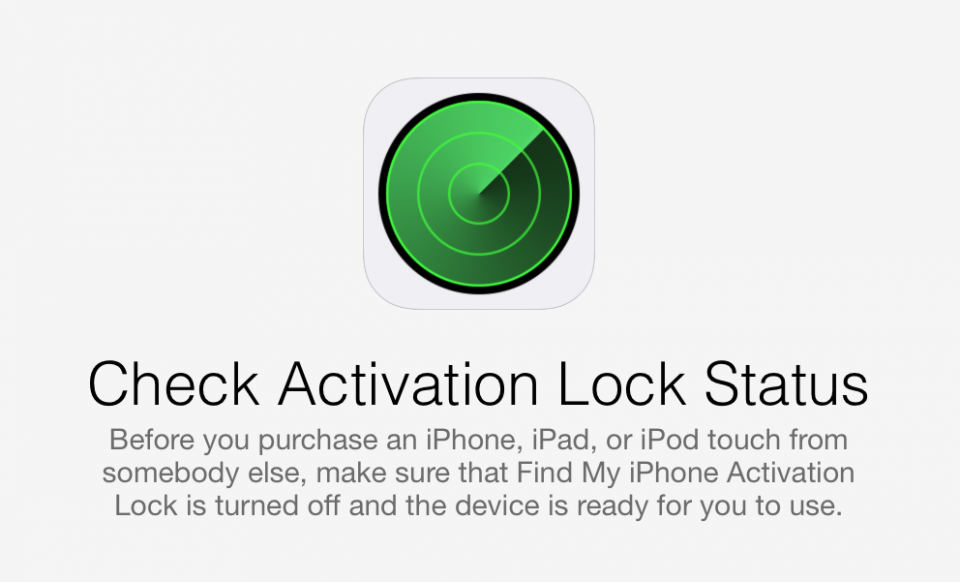integr8 tech
06
Oct
Buying A New iOS Device? Check This Out First.
- By Integr8

As many of you might be aware already, Apple has taken steps to help protect it’s customers from becoming victims of hardware theft. With iOS 7, they introduced a feature called Activation Lock. When you sign in to iCloud on your Apple mobile devices, not only do you have access to Find My iPhone but in the event that it is stolen, the device will be useless without having the proper username and password for the iCloud account associated with it. Apple’s goal with implementing this feature was to deter criminals from stealing Apple technology. While in a perfect world, this would mean that no one would ever steal your iPhone again; however, the fact is, there are some people out there who don’t seem to care. Apple is aware of this reality and has yet again given us a tool to help protect us.
18
Sep
Sync And Back-up With iTunes
- By Integr8
In a previous post, I covered the inner workings of iCloud. I explained that iCloud consists of both syncing and backup services. You also learned the difference between the two services. If you need some clarification on the topic, I encourage you to check out, Syncing and Backing Up With iCloud, prior to venturing too far into this post.
In this post we will cover how iTunes syncs and backs up your iOS devices, what data is synced, what data is backed up, where this information is stored, and I will include some important pointers about syncing using iTunes. Keep in mind, this isn’t a step by step tutorial but instead, it’s meant to work in conjunction with, Syncing and Backing Up With iCloud, to help you make the decision on how to best protect your data.
18
Sep
Sync And Back-up With iCloud
- By Integr8
iCloud has now been around for quite some time but I still get questions about it all the time. These questions are valid and incredibly important to have the answers to. This post will cover the inner workings of iCloud, explaining how it works, what data is and is not backed up.
The overall explanation of iCloud is that it’s a service offered by Apple that can back up some data from your iOS devices while syncing other data across most of your Apple devices. All of this data is stored securely on Apples servers for you to access at a later time, if needed. You can back up your devices over a Wifi network either manually, or automatically. iCloud syncs your data not included in a backup over WiFi or a cellular internet connection, in real time.
18
Sep
What’s Your Backup Plan?
- By Integr8
 No one can deny that we are now, well into the digital age. You store contacts, calendars, emails, passwords, documents, photos, videos, and countless other important data on our computers and mobile devices. I have already covered the topic of backing up information found on our iPads, iPods, and iPhones, and in this post, I’ll cover what you need to think about to create the best backup plan possible.
No one can deny that we are now, well into the digital age. You store contacts, calendars, emails, passwords, documents, photos, videos, and countless other important data on our computers and mobile devices. I have already covered the topic of backing up information found on our iPads, iPods, and iPhones, and in this post, I’ll cover what you need to think about to create the best backup plan possible.
To put the importance of a proper backup plan into perspective, here is a list of a fraction of the things that can happen to a computer:
• Theft / Loss
• Accidental damage
• Something in the software becomes corrupt over time
• Important photos and documents are accidentally thrown in the trash
• Hardware failure

